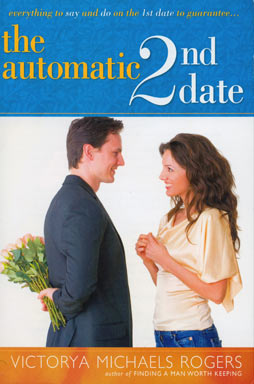By Season Weeter/reporter

About 10 telescopes will be set up to accommodate astronomy buffs who want to view a total eclipse of the moon Wednesday, Feb. 20.
The telescopes, which belong to NE Campus, will be set up near the Science Building walkway from the time it gets dark until about 11 p.m.
The faculty in the NE physics department has initiated a viewing for laboratory credit for current students of both planetary and stellar astronomy classes.
The Astronomy Club will sponsor the event and has opened the event to all TCC students.
“Students and their families are invited to attend providing that weather permits,” Stephen Tuttle, adjunct instructor of astronomy on NE Campus, said.
Raymond Benge, associate professor of physics and astronomy, is excited about the viewing.
“We have had a special event like this before at NE,” he said, “and the kids really enjoyed looking through the telescopes.”
Although lunar eclipses occur more often than solar eclipses, another total lunar eclipse will not take place until Dec. 20-21, 2010, Tuttle said.
Lunar eclipses occur a maximum of five times per year, but the eclipse is not always total. Because of the near three-year gap before the next total eclipse, this upcoming event will be watched by science fans in the Americas, according to astronomy textbooks.
Another unusual fact is that the position of the moon will be close to Saturn, so people will get a good look at the planet about 45 minutes after moon rise.
“Don’t worry,” Tuttle said. “Unlike a solar eclipse, people can view the lunar eclipse with the naked eye without suffering any harm to the eyes.”
Benge and Tuttle suggest people bring binoculars to the event because they will be able to see many details of the moon. The eclipse will be east and southeast at about 30 degrees above the horizon.
The partial eclipse will begin about 7:43 p.m. when the moon begins to pass through the Earth’s shadow and will continue to be visible until about 11:45 p.m.
Technically, in order for the moon to be eclipsed, the sun and moon must be aligned with the Earth in the middle and only during the full moon phase when the moon is exactly opposite the sun.
Although a full moon occurs every 29.5 days, a monthly lunar eclipse does not happen because of the degree differences in the tilts in the axis of the moon and earth.
The difference between a lunar eclipse and solar eclipse is that in a solar eclipse, the moon is between the Earth and the sun with all three in a straight line.
For astronomy lovers, a total solar eclipse is due Aug. 1, universal time, and can be seen in America.
The sun will be totally eclipsed for approximately 2 minutes and 27 seconds.
Northeast North America will have the opportunity to view the total solar eclipse.
However, it will be about 54 years and 37 days before another total solar eclipse will occur in the same part of the world.
Astronomers recognize three basic types of lunar eclipses: Penumbral Lunar Eclipse—when the moon passes through Earth’s penumbral shadow; Partial Lunar Eclipse—when a portion of the moon passes through Earth’s umbra shadow; and Total Lunar Eclipse—when the entire moon passes through Earth’s shadow.
The Penumbral stage is primarily of academic interest because it is difficult to see. The second partial eclipse stage, however, is easily seen.
The total phase is quite striking because of the moon’s vibrant red or orange color during the totality, Benge said.
People planning to attend and participate in the campus viewing should keep in mind that proper astronomy etiquette is required, Benge said.
“Please don’t bring flashlights,” he said, “because the extra light will distort the view from the telescopes.”
Benge and Tuttle suggest that students and family members handle equipment carefully because it is expensive and can be broken.
Stools will be set up to help children see through some telescopes, but it is important that they do not grab the telescopes, Benge said.
For more information, go to the faculty web pages of Tuttle and Benge at www.tccd.edu.




























